Understand
Ko Yao Noi stands as a pristine island, cherished by its inhabitants who believe in its preservation from human interference. As one of the last remaining undeveloped islands in the region, Ko Yao Noi exudes natural beauty and tranquility. Its counterpart, Ko Yao Yai, remains less developed due to limited infrastructure in certain areas. Before anyone else arrived, the sea gypsies, known as the Moken people, called this bay their home. They shared the land with other nomadic groups like forest hunters and collectors, such as the Sakai and Negritos. The approximately 3,500 inhabitants of Koh Yao Noi are believed to be recent migrants from the Malay Peninsula, specifically Satun and Trang. The Mon population, culturally linked to the Khmer group, settled in peninsular Thailand ages ago, ruling maritime states like Ligor (Nakhon Si Thammarat). Over time, they blended with Southern migrants from Malaysia and Northern rulers, resulting in the diverse population residing in Southern Thailand today, including the people of Koh Yao. The bay surrounding the islands is adorned with hidden cave paintings, revealing the influence of different communities throughout history. These distinct communities have shaped a mixed-origin population found in the provinces of Phang Nga, Phuket, Krabi, and Satun. The most recent migrations, dating back to the 17th and 18th centuries, saw people from Satun and Trang settling in Ko Yao Yai and Koh Yao Noi. The particular dialect spoken on the islands still carries traces of the Malaysian language, particularly in toponyms (place names) and vernacular names of plant species. Fishing and rubber planting are the primary industries on the islands, accompanied by a small amount of rice farming and fruit, palm, and coconut plantations. Traditional boat building and farming techniques have been passed down through generations, fostering a tight-knit community where individuals may venture off to seek opportunities in Phuket but often return to their beloved Ko Yao.
Map & Climate
Popular Foods
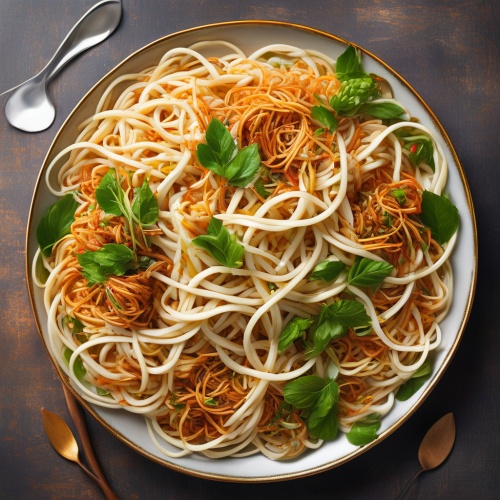 Pad Thai: Pad Thai is a signature Thai dish consisting of stir-fried rice noodles with a uniquely balanced blend of sweet, sour, salty, and tangy flavors. It typically includes shrimp or chicken (though can be prepared with tofu for a vegetarian version), scrambled eggs, bean sprouts, and is garnished with crushed peanuts, lime wedges, and fresh herbs like cilantro and green onions. The dish is served with a side of som tam (green papaya salad) and mango sticky rice for a complete meal.
Pad Thai: Pad Thai is a signature Thai dish consisting of stir-fried rice noodles with a uniquely balanced blend of sweet, sour, salty, and tangy flavors. It typically includes shrimp or chicken (though can be prepared with tofu for a vegetarian version), scrambled eggs, bean sprouts, and is garnished with crushed peanuts, lime wedges, and fresh herbs like cilantro and green onions. The dish is served with a side of som tam (green papaya salad) and mango sticky rice for a complete meal. 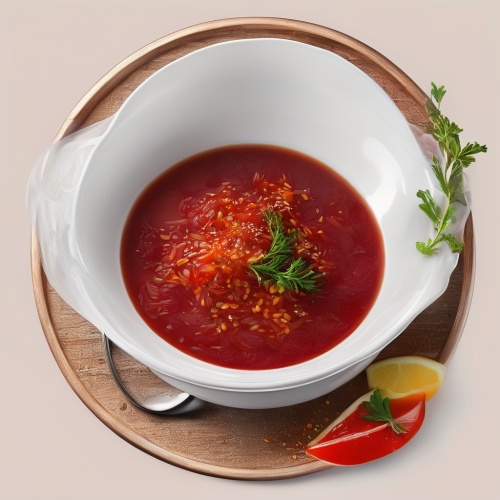 Tom Yum Goong: This spicy and aromatic soup is a beloved Thai classic that features a fragrant broth made from stock, kaffir lime leaves, lemongrass, galangal, lime juice, fish sauce, and chili paste. It's packed with succulent prawns, mushrooms, tomatoes, and other vegetables, with optional additions like snakehead fish or even chicken. The dish is often garnished with fresh cilantro and a sprinkling of pepper.
Tom Yum Goong: This spicy and aromatic soup is a beloved Thai classic that features a fragrant broth made from stock, kaffir lime leaves, lemongrass, galangal, lime juice, fish sauce, and chili paste. It's packed with succulent prawns, mushrooms, tomatoes, and other vegetables, with optional additions like snakehead fish or even chicken. The dish is often garnished with fresh cilantro and a sprinkling of pepper. 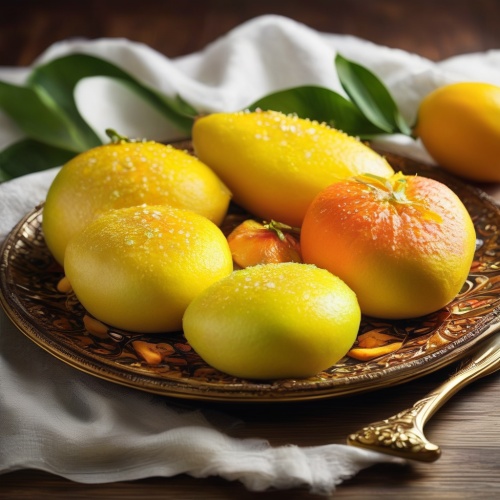 Mango Sticky Rice: This iconic Thai dessert is a delightful combination of sweet, creamy mango and glutinous rice. The sticky rice is cooked in coconut milk and sugar until it achieves a chewy texture, then served alongside ripe, juicy mango slices. The dish is sometimes garnished with toasted coconut flakes or sesame seeds for added crunch and flavor. It's typically enjoyed during the mango season (May to September) as a sumptuous, refreshing treat.
Mango Sticky Rice: This iconic Thai dessert is a delightful combination of sweet, creamy mango and glutinous rice. The sticky rice is cooked in coconut milk and sugar until it achieves a chewy texture, then served alongside ripe, juicy mango slices. The dish is sometimes garnished with toasted coconut flakes or sesame seeds for added crunch and flavor. It's typically enjoyed during the mango season (May to September) as a sumptuous, refreshing treat. 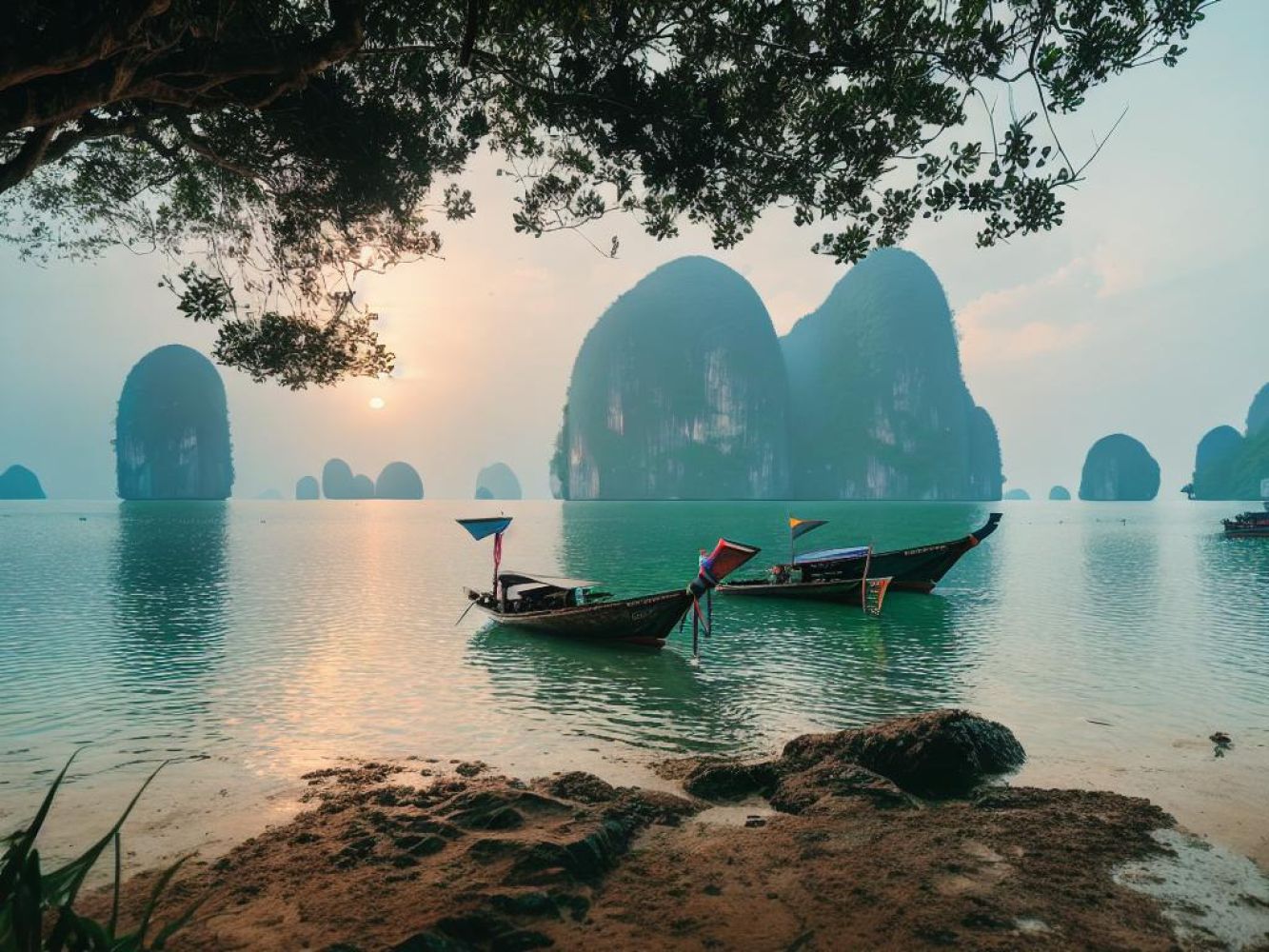
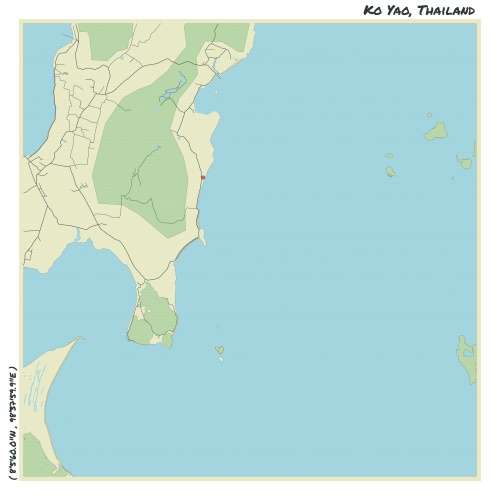
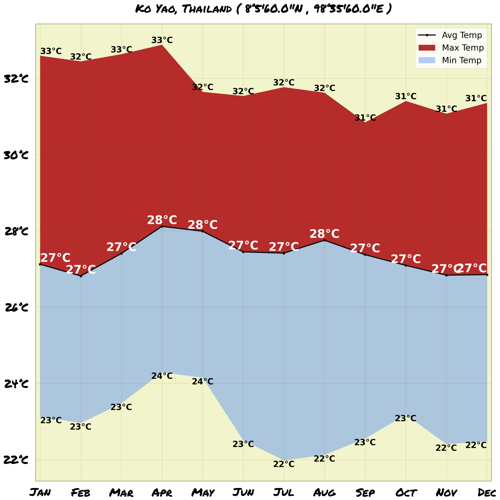
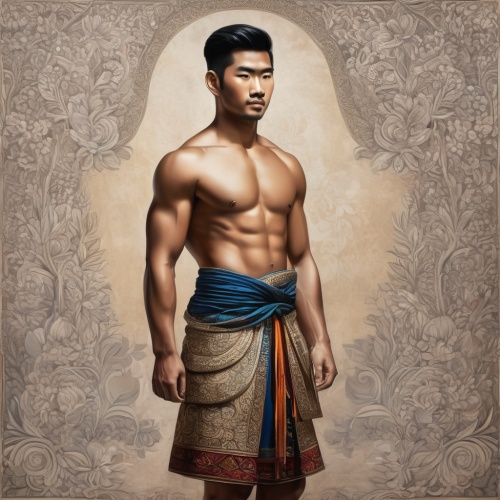
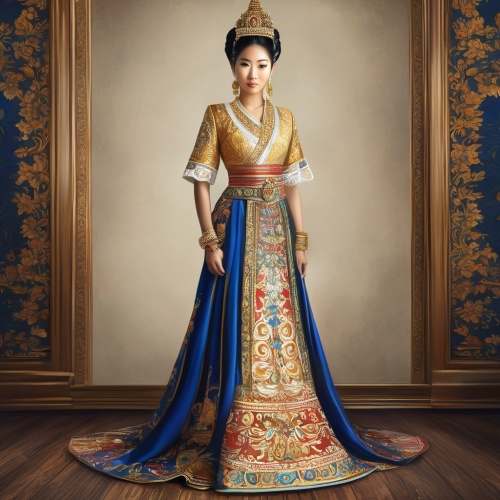
Comments
NO COMMENTS